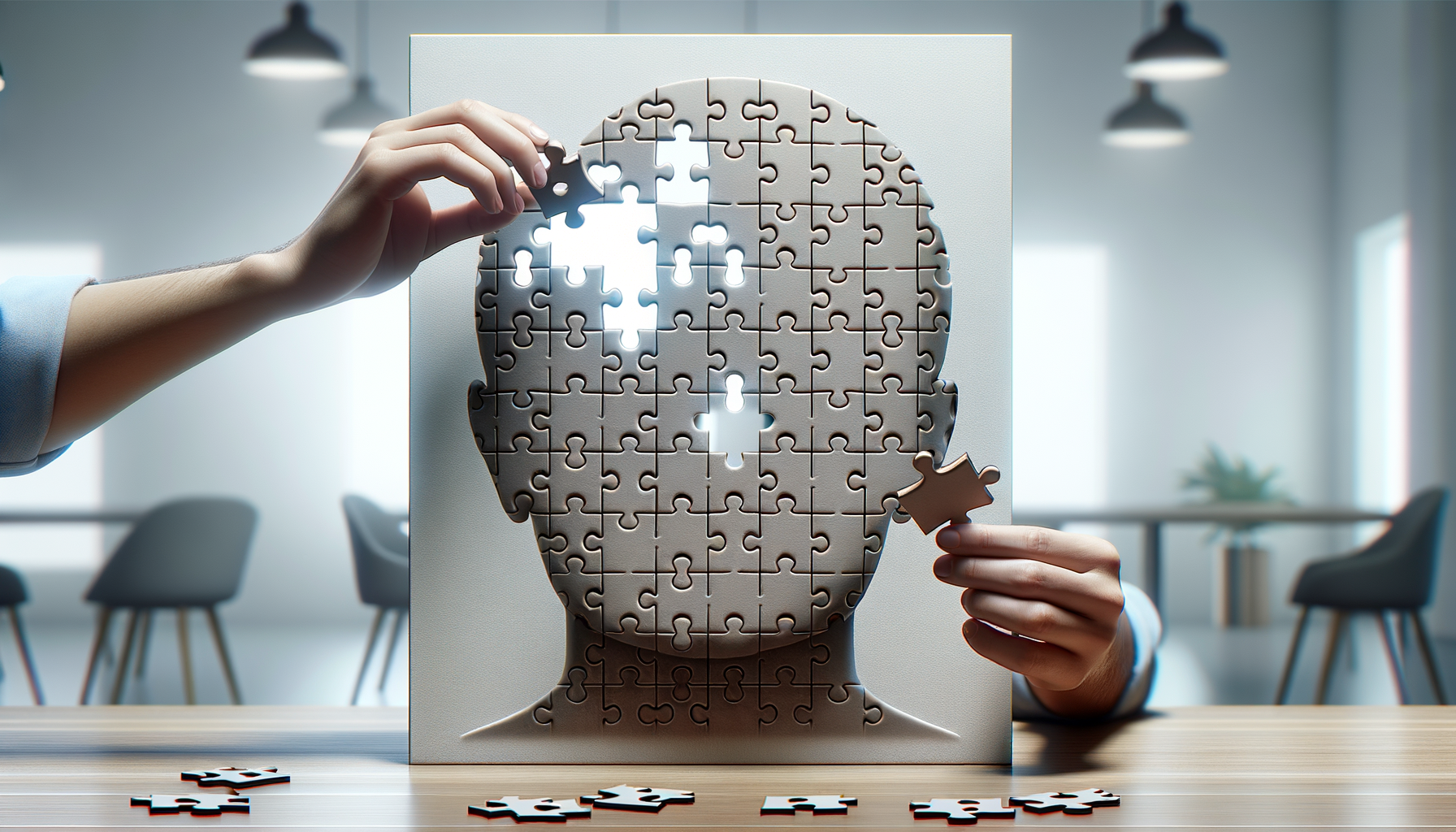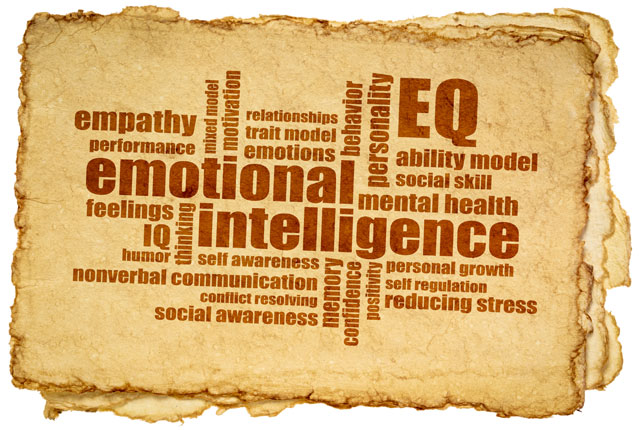By the end of this article, students should be able to:
- appreciate the mind-body connection;
- better understand how physical activity contributes to body wellness;
- advocate for good nutrition as a part of body wellness;
- see the connection between adequate rest or sleep and body wellness.
It is strongly advised that you again remind yourself and the client that you are not a doctor, a nutritionist, a licensed physical therapist, physical trainer, and so on. You can give general advice, help the client get further information, and coach the client on ways to meet body wellness goals, but it is a good idea to have clients sign a waiver of liability and ask them to get a complete physical checkup before embarking on a body wellness plan that includes exercise or nutrition.
Usually, as we grow older, we figure this one out for ourselves. However, sometimes it helps to have someone else, such as a wellness coach, point it out. The mind-body connection is a great discussion to have with any client who is wanting to formulate mind or body wellness goals. If you have ever felt butterflies in your stomach because of nerves, found your mouth going dry when faced with public speaking, or felt yourself stutter or stammer for no reason when approached by an attractive person, you probably have made the mind-body connection.
There is a very definite flow between what and how our mind is thinking and how our bodies are responding. Some of this seems out of our control, but it does not have to stay that way. By being aware that there is a connection, you can learn ways to cope with, manage, and even circumvent the connection when necessary. Even better, you can learn how to use it to your best advantage to help with making positive changes.
For a breakdown on the science of the mind-body connection, this is a great article to read.
Exercise
Exercise is an area of wellness that nearly all of us are aware of. The diet and exercise industry in the U.S. does billions of dollars of business each and every year. You would be hard-pressed to go through a week without seeing a report on the news about some obesity-related topic. The message is that exercise is important.
Therefore, do not be surprised if many wellness coaching clients have a goal in mind for exercise. If the trends in education budgets are any indication, Americans tend to think physical fitness takes a back seat to nearly everything else. It seems expendable, and that is simply the wrong attitude to have.
The pressures of society to maintain top physical form and attractiveness are especially hard on women but certainly are not limited to women. Sometimes these ideals seem so unobtainable that people lose sight of the immediate and long-term benefits of exercise for anyone at any age. Excuses will come in all shapes and sizes, in a list too long to even attempt in this article, so expect them. The challenge will be to not slip into a butt-kicking wellness coach (unless, perhaps, your client specifically asks for that) but to be patient, to always look for successes, to look for ways to build upon any amount of physical activity a client partakes in by inspiring additional physical activity, and to be a positive role model.
We have spoken in an earlier lesson about not needing to be confined to an office for one's work in a wellness coaching relationship. Exercise goals are a great way to look for creative and out-of-the office coaching opportunities. Meet somewhere for a walk or hike, attend a first tennis lesson with a client who is hesitant to do something alone the first time, maybe even go for a leisurely bike ride together. Take care to keep things on a professional level; it is okay to even think of yourself as a pseudo-personal trainer in these situations. Remember, you are being paid for your time, not to be a friend or workout buddy. We will talk more in Lesson 11 about the pitfalls of dual relationships.
When it comes to nutrition, there are oh-so-many different avenues for a client to take. Luckily, as the wellness coach, you can adapt to nearly any of them. If you are not already familiar with some of the basics of nutrition, you will want to study this topic because you will need to approach it even if the client seems hesitant.
In case you have not heard, the four basic food groups are a thing of the past. Clicking on the link above will take you straight to "My Pyramid," the U.S. Department of Agriculture's government Web site, complete with thorough resources, interactive activities such as menu planning, and more information than you probably want to know. It is really not as complicated as it seems. Instead of the four food groups many of us grew up with (dairy, meats, fruits and vegetables, and grains), the food pyramid has five: 1. grains; 2. veggies, 3. fruit, 4. milk, yogurt, and cheese; and 5. meat, poultry, fish, dry beans, eggs, and nuts. You can simplify the last two groups however you see fit. Each of the pyramid's groups is assigned a color, and you are encouraged to eat from each color of the food pyramid each day. It is a good, basic place to start if you have a client who is really lacking in nutritional awareness.
Vitamins and supplements: This is another area that has seen remarkable growth in the past few years, though much of the public does not have accurate information. This is an area that is prone to "snake oil" remedies. Arm yourself with knowledge. The National Institutes of Health's Office of Dietary Supplements has both vitamin and dietary supplement fact sheets available. It is also important to remember that vitamin overdoses can happen. Not all vitamins and supplements are safe to mix with all medicines, and encourage your clients to check with their doctor and/or pharmacist for potential interactions.
In our high-pressure, do-as-much-as-possible society, rest and sleep are also at a minimum. The average adult needs around eight hours of sleep, while the average adolescent needs nine to 10. Most will not get the optimum amount of sleep. The argument can be made that it is the quality of sleep you get and not the quantity. Others will make the argument that you can never catch up on sleep anyway, so it is best to not sleep in or take naps to make up for an imagined sleep deficit.
The long and short of it is that most Americans do not get enough sleep. If you ask clients to rank their weekend activities in order of most-anticipated, many will put "sleep" near the top of any list. It is part of our Puritanical work ethic: Work hard, play hard, sleep when you die. However, it leads to very real health and performance complications, so it is an area of body wellness that should be included in most of your clients' wellness treatment plans.
When it comes to sleep disorders, there is some great basic advice that some clients will not be aware of. Caffeine affects sleep. It may give a positive jolt or boost in the morning, but drinking it throughout the day can continue to keep one's mind racing late into the night when it should be sleeping. Alcohol, widely believed to help induce sleep, can actually cause poor sleep as it wears off. The dehydration that most will experience after drinking alcohol has a negative effect on sleep, throwing off all of the body's natural sleep processes. Alcohol also sucks away needed vitamins, which is another good point to relate to clients.
Exercise, long believed to keep one awake at bedtime, may actually help induce better sleep. Even an after-dinner stroll for 15 minutes can have a positive effect on sleep habits. Turning off the television helps. Music can help relax some people, though most do not sleep well with fast, hard beats. Many people swear by white-noise machines, nature sounds, and relaxation recordings. The market is ripe with all kinds, so encourage your clients to check some out if they need help going to sleep.
Finally, if the sleep problems seems to be beyond your scope and require some further expertise, have at least one or two referral sources on hand for clients. Problems such as sleep apnea, a condition in which a person stops breathing during sleep, can be quite dangerous and require professional treatment. In addition, certain mental health issues can lead to disordered sleep and may require the help of a therapist, psychologist, or psychiatrist.
Use of over-the-counter or prescription sleep medication should be as a last resort only, as many can have rebound effects that keep you feeling groggy, hungover, and further disrupt sleep patterns in the following days and nights.
Activity: Life Pie
With the life pie activity, it can become obvious what areas of life are out-of-balance, and need more attention. It may become obvious which areas time can be "taken from" to devote to the other areas. In this example, it may be advisable to take an equal chunk from sleep, time with family, and work in order to keep those areas in balance but give a bit more time to the other three areas that are lacking.
Keep in mind, not everyone will want or need all areas to be perfectly balanced. Work with the client's goals in mind, and make sure your own life pie is divided in a way that you are happy with. It is all part of being a role model, guide, and great wellness coach.





























